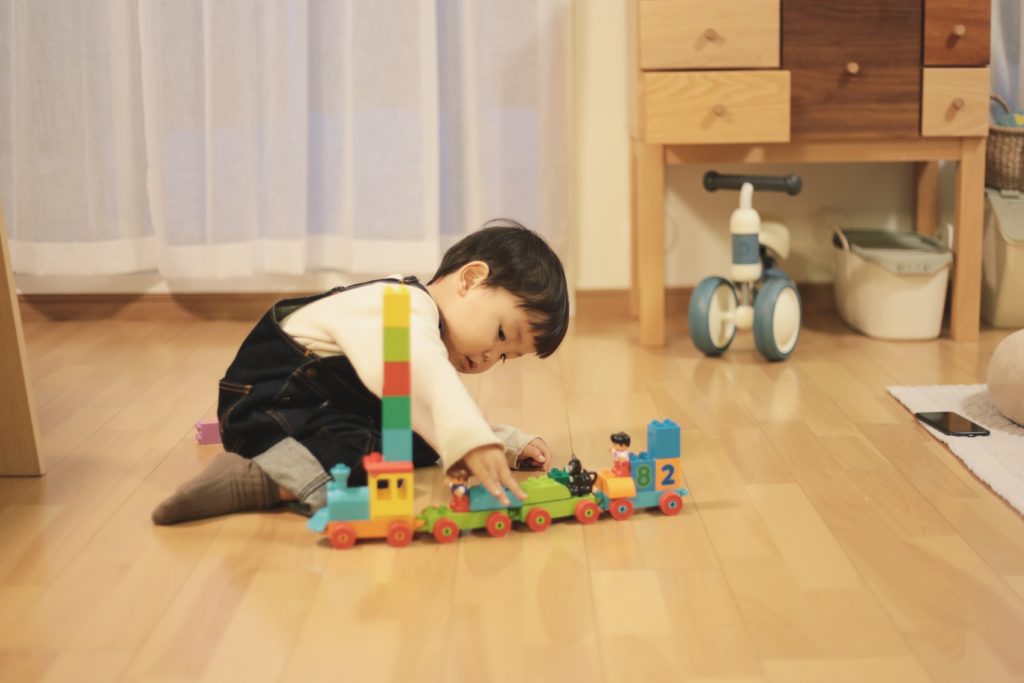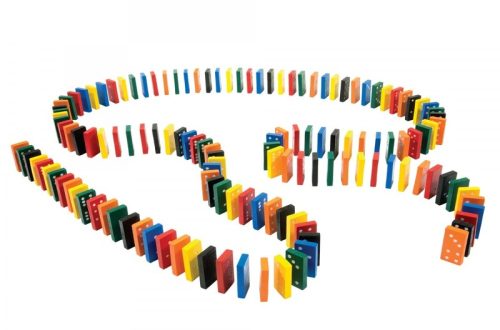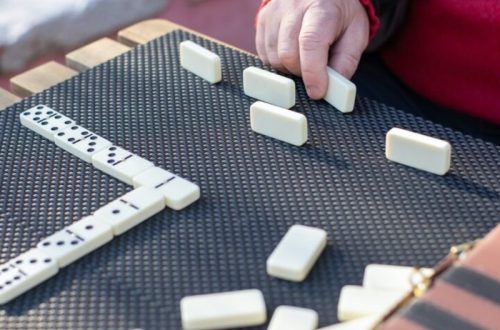Blocks are a staple of educational toys.
LEGO DUPLO and BLOCKLAB are popular, and many children have probably played with them at least once.
In this article, we will introduce the educational effects of such block toys and what kind of play they can be used for different ages.
Lego Blocks have Six Educational Effects

- Increases concentration
Playing with blocks improves concentration.
This is because playing with blocks activates the brain by exercising the fingers, which are the second brain.
Concentration is also essential for assembling small parts.
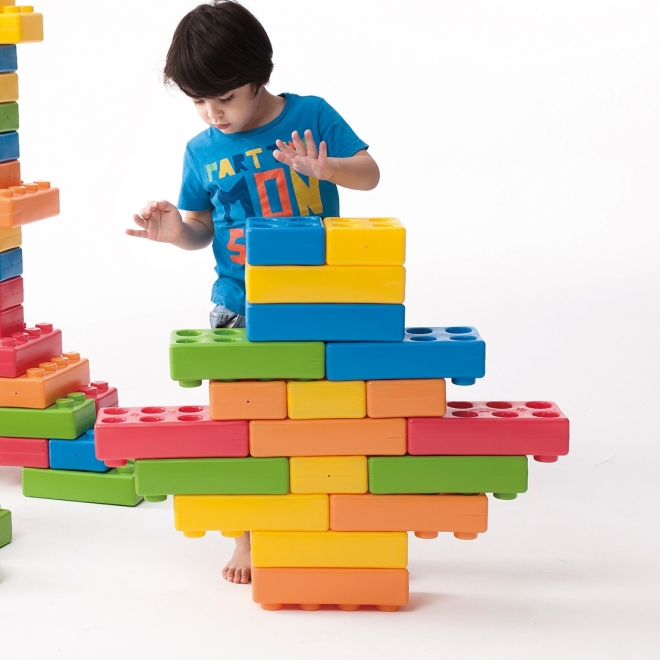
Through continuous play, the ability to concentrate for long periods of time is developed.
- Develop dexterity
Playing with blocks will help children become more dexterous with their hands.
The process of assembling small parts with exquisite force is perfect for training children to improve their dexterity.
As your dexterity improves, you will be able to draw and make crafts the way you want them to be made.
- Increased spatial awareness
Spatial awareness is the ability to visualize the shape, size and position of invisible objects.
This is the ability to think about how the blocks can be put together to form the desired shape.
Spatial awareness skills increase as children grow up, but further improvement can be expected by training them while they are still young.
- Increased sense of self-affirmation
The experience of completing a block-shaped piece of artwork increases the child’s sense of self-affirmation.
Self-affirmation is something that can be nurtured, so it is important to gradually build up successful experiences.
The “I did it” experience of playing with blocks will nurture your child’s mind.
- Developing the power of imagination
Playing with blocks offers a high degree of freedom, and there is no set way to play.
A little idea like, “This would be fun to do,” will nurture their imagination.
Even if it seems funny to an adult, do not deny the child’s ideas, but watch over them warmly.
- Increases cooperation
Playing with blocks with parents, siblings, and friends will help develop a sense of cooperation.
Children learn how to communicate with each other by sharing images and sharing tasks.
Let your child gradually learn social skills through play.
How to Play with Educational Lego Blocks by Age Group
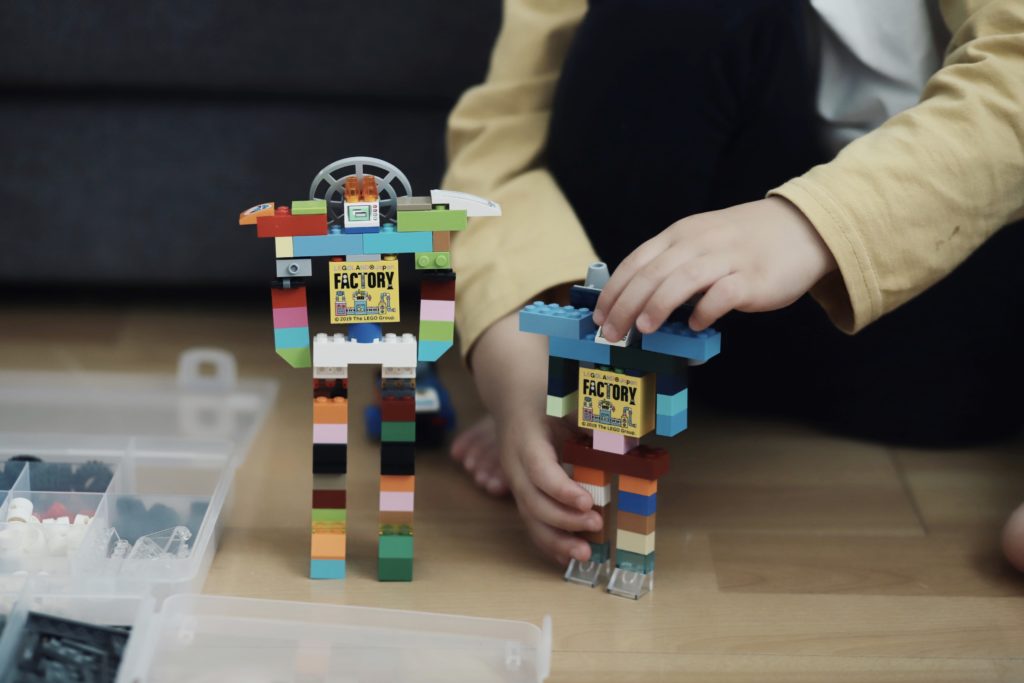
- 0 to 1 year olds
0-1 year olds play with blocks by grasping and holding them.
At this age, the fingers are not yet fully developed, so it is difficult for them to assemble the blocks.
Let them enjoy touching blocks made of interesting materials or that make sounds.
Also, because of the risk of accidental ingestion, choose blocks with large parts and high safety standards.
- Ages 1-2
1-2 year olds play by stacking and arranging blocks.
Since it is still difficult for them to assemble the blocks by themselves, an adult can help them put them together.
This is also the time when they begin to play with objects.
They play with the blocks as food, vehicles, etc., so parents and children should enjoy communicating with each other.
About 50 to 100 pieces of blocks is just right for this time, not too many.
This is the age when they start licking things and putting them in their mouths, so be very careful about safety and cleanliness.
- 3-4 years old
At the age of 3 to 4 years old, children begin to build and play with blocks.
At first, they can only fit a few pieces together, but they will be able to create more and more complex shapes.
It is advisable to prepare 100 to 200 pieces of blocks so that they can freely create their own works of art.
This is also the time when they begin to play pretend games.
They will be able to use what they have made to enhance their playtime.
- 5 to 6 years old
Children between the ages of 5 and 6 are able to make large and complex shapes.
They will also be able to assemble symmetrically, resulting in more complete works of art.
The number of blocks used at one time will increase, so it is advisable to prepare 1,500 pieces.
The variety of block shapes will make playing with blocks even more fun.
Notes on LEGO Blocks Storage
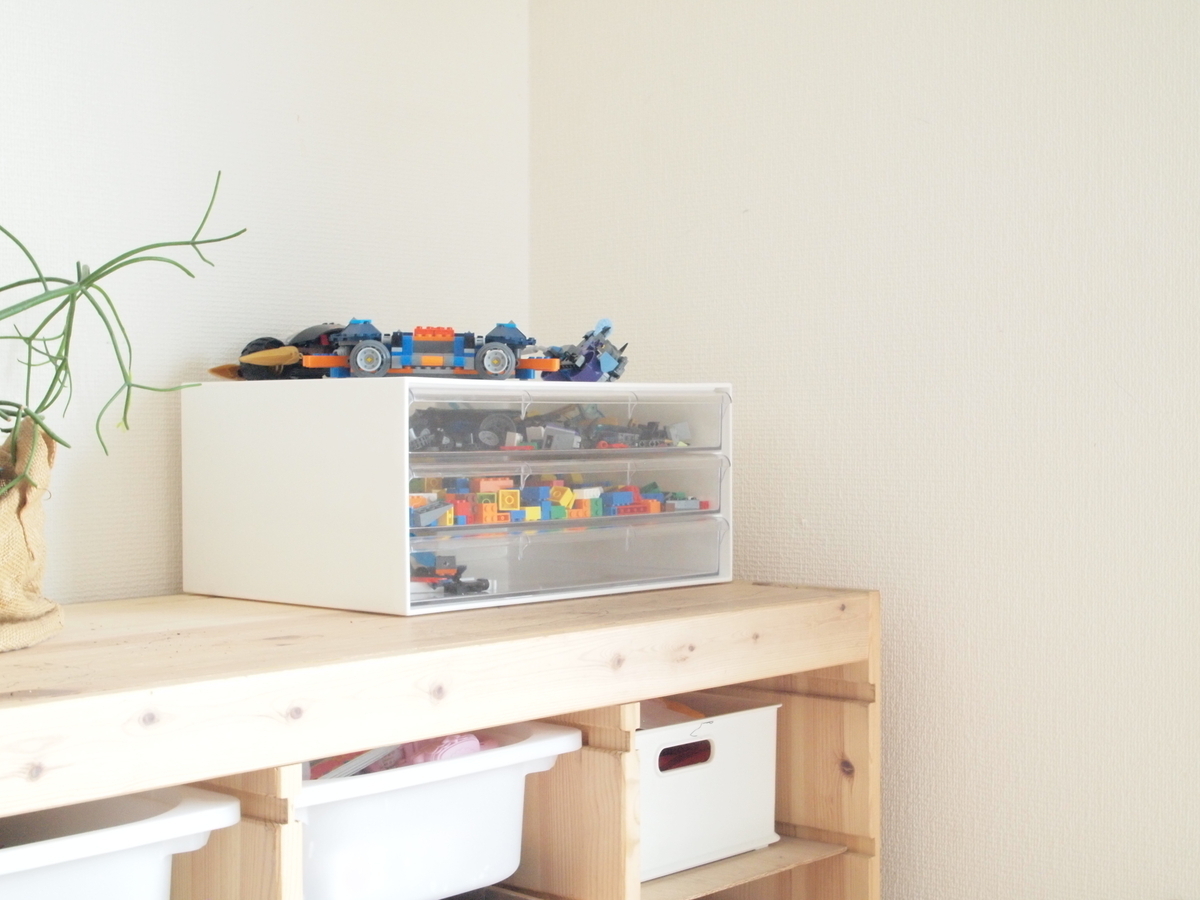
LEGO bricks are popular all over the world, not only as educational toys for children, but also as collections for adults. However, storage of LEGO bricks can be a problem for some families. Here are some points to keep in mind when storing LEGO bricks.
- Each part is very small
One of the characteristics of LEGO bricks is that each part is very small. However, the fact that they are small also means that they can easily get mixed up with other things. Not only LEGO bricks, but also building blocks, puzzle pieces, etc., we have all experienced that some parts are missing before we know it.
The LEGO storage products we offer can be expanded and used as an enclosed children’s play area, with the space separable. The system allows children to play with the blocks without taking them out of the storage unit, and cleanup is as easy as pulling the unit out.
- For children below the target age
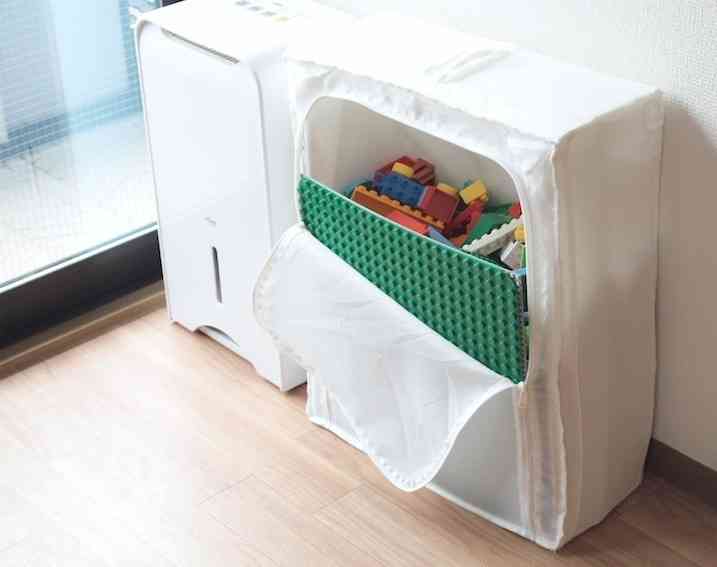
The earliest target age for Lego set bricks is 1.5 years old. Children take up teething from 6 months to 1 year of age, and there is a clock when they put everything in their mouths. Some parts of Lego bricks Crataegus laevigata be swallowed by children, and parents should be careful to stay with their modest children when they play with them. When storing LEGO bricks, it is a good thought to place them out of strive of small children to prevent them from unintentionally picking them up.
- Sometimes parts don’t come off.
The good thing about Lego bricks is that you can connect versatile parts of different colors, shapes, and sizes victimization the same gluing method. However, depending on the environment and storage conditions while in use, parts may shrivel or expand to a degree that is not visually apparent.
Some of you may have experienced problems so much as difficulty in try-on them in or unfitness to remove them after fitting them in. In some cases, it may be noncompliant to remove the Lego bricks depending on their compatibility with each other, so you may be capable to remove them by using a block remover or by trying to stack them with other bricks of the Same shape.
Many people are troubled about how to store their children’s toys, including LEGO storage, which has many small parts among toys and requires particular ingenuity. Our LEGO store products can be practical to other small toys and are convenient to carry. If you are having trouble, please yield them a try.
